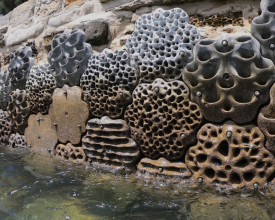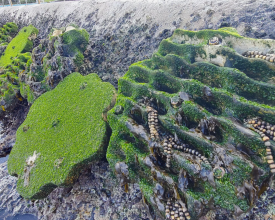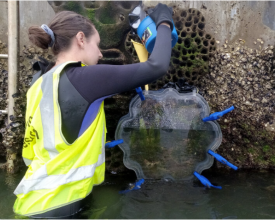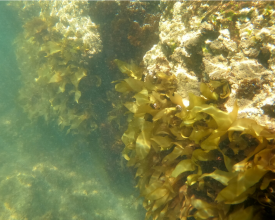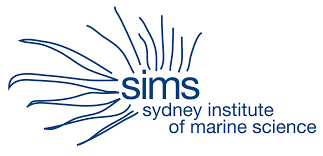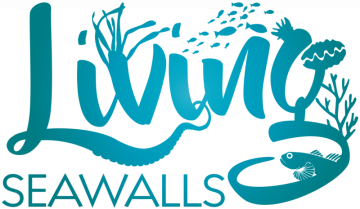
Living Seawalls - bringing biodiversity back to coastal infrastructure
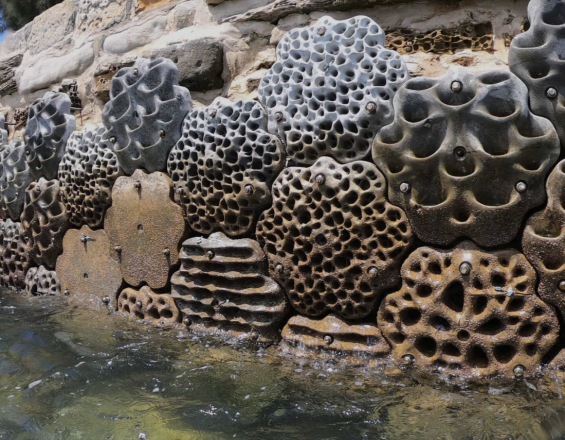
Across the world, urbanisation is placing marine and coastal habitats under increasing pressure. Seawalls are essential for shoreline protection, recreational activities and renewable energy generation but often lack the structural complexity required to support rich biodiversity. The Living Seawalls project, founded in Sydney, Australia, builds on marine research to design and produce modular ‘habitat tiles’ that mimic the living surface of marine plants and animals. The tiles can be attached to shoreline infrastructure to facilitate the colonisation of intertidal species such as oysters, barnacles, seaweeds and mussels. These species start the growth of an ecosystem by providing food and habitat for marine species and maintaining water quality. Over a thousand panels have been installed globally providing tangible benefits to local marine ecosystems.
Impacts
The Living Seawall Projects increases awareness of urban expansion impacts on biodiversity in our oceans. The Living Seawall project offers an example solution to remediate the environmental impacts of widespread marine construction and the rapidly declining rates of marine biodiversity.
In terms of ecological impact, after two years, the habitat tiles already support a third more species than the bare seawalls that had been there for decades. The panels contain a similar species diversity and quantity to natural rocky reefs nearby. More than a hundred different species of invertebrates and seaweeds were found, and over thirty species of fish used these new ecosystems. The modular design allows for the panels to be tailored to every kind of site, and the tiles can be altered depending on the local ecosystem. So far, ten different surface panels have been designed that mimic various shoreline features such as an oyster reef, roots of a mangrove forest and ‘fingers’ of a sponge structure. The panels are built specifically to provide habitat for native species.
With an eye on climate change, bare featureless surfaces like seawalls provide little protection from high temperatures. In pilot sites, the habitat tiles reduced surface temperatures by as much as 10 degrees, proving the project to be an opportunity for sea life climate adaptation as well.

